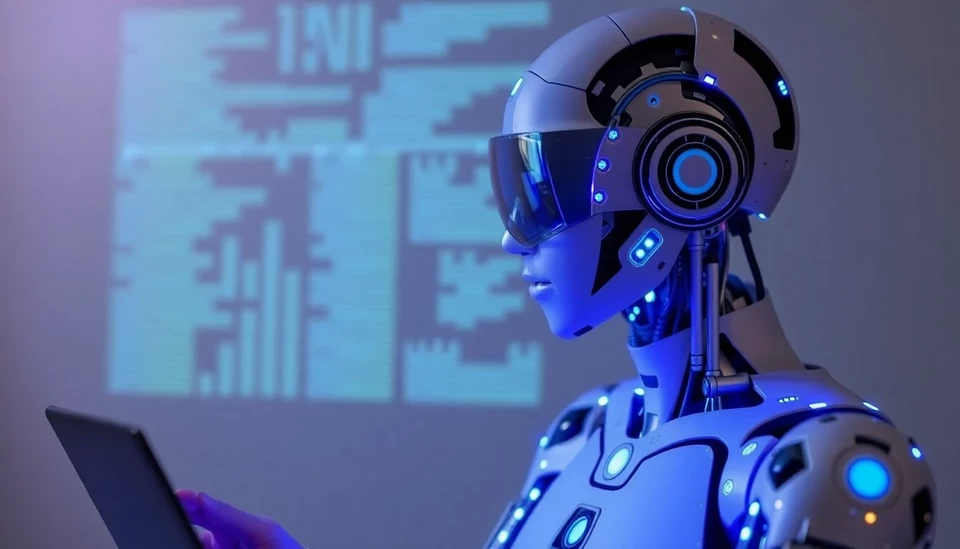
In an era dominated by technological advancements, the discussion surrounding artificial intelligence (AI) and its potential to reshape the job market continues to intensify. A recent analysis presents three distinct scenarios for how AI integration could influence economic structures and employment opportunities. Each scenario offers a glimpse into a possible future, highlighting the varied consequences of AI on the workforce.
The first scenario suggests a paradigm of job displacement. As AI capabilities expand, many routine tasks currently performed by humans may become automated. This could lead to significant layoffs across various industries, particularly in sectors that rely heavily on repetitive work such as manufacturing and customer service. In this landscape, the unemployment rate could spike, prompting a need for government intervention and retraining programs to help displaced workers transition into new roles that require different skill sets.
Conversely, the second scenario presents a more optimistic outlook, envisioning AI as a catalyst for job creation. Proponents of this view argue that while certain jobs may decline, the emergence of AI technology will give rise to new roles that focus on managing, maintaining, and improving AI systems. This shift could lead to a transformation in the job market, necessitating a workforce that is adaptable and possesses advanced technological skills. As industries evolve, educational institutions may play a critical role in equipping future workers with the necessary competencies to thrive alongside AI.
The final scenario embodies a coexistence model where AI and human workers collaborate rather than compete. In this context, AI acts as a tool that enhances human productivity. By taking over mundane tasks, AI allows employees to focus on more complex and creative endeavors. This synergy could lead to increased job satisfaction as workers are liberated from tedious responsibilities, fostering a new culture of innovation and problem-solving within organizations. In this world, the relationship between humans and machines may redefine traditional roles, creating hybrid positions that blend human insight with machine efficiency.
As we navigate this pivotal point in history, the importance of policy-making cannot be overstated. Governments and corporate leaders must engage in thoughtful discussions regarding the future of employment and the role of AI. This includes fostering an environment conducive to innovation while ensuring the workforce is prepared for the changes ahead. It will be crucial to develop strategies that promote reskilling, upskilling, and lifelong learning to support individuals in adapting to the rapidly changing job landscape.
In conclusion, the interplay between AI and the labor market may unfold in various ways. Whether we witness mass layoffs, job creation, or collaborative efforts, the decisions made today will significantly shape the economic realities of tomorrow. As we face an uncertain future, continuous dialogue among stakeholders will be essential in constructing a workforce that can thrive alongside the capabilities of artificial intelligence.
#AIJobs #EconomicImpact #FutureWorkplace #AIIntegration
Author: Laura Mitchell
